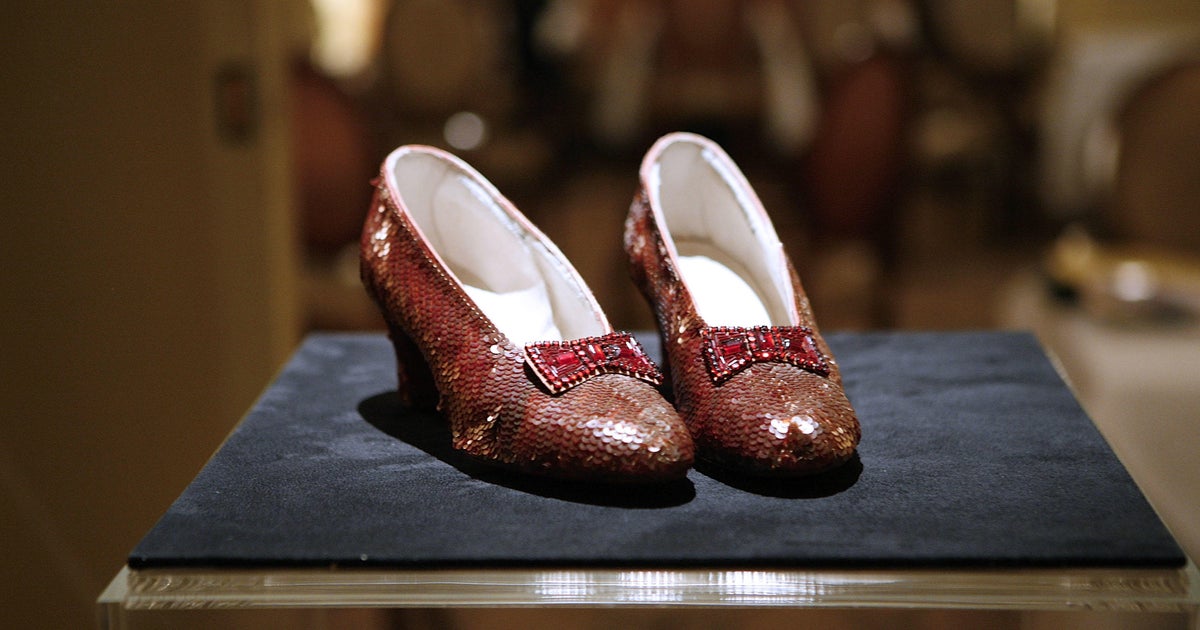University of Minnesota continues cleaning of mold in freshman dorm
MINNEAPOLIS — The University of Minnesota is continuing inspections and cleaning of dorm rooms with mold found in air vents, a spokesman said on Friday.
Two weeks ago, the school confirmed it collected samples of a fungus found in the 17th Avenue Residence Hall, where some students who live there said they had been feeling ill for weeks before the discovery.
Now 115 rooms so far have been cleaned, according to the university, after inspectors determined it was mold.
Natalie Heer said she was among those experiencing this while living there. She said she had irritated eyes and congested sinuses and her sickness impacted her studies.
"To have [the mold] be where I was living was definitely scary," she said.
Jake Ricker, director of public relations for the university, in an email said that the "vast majority" of rooms in the residence hall had been inspected and they were cleaning several per day, including on weekends. Those sanitizing the rooms will also use a special paint designed to eliminate the fungus and prevent future.
"Though individual rooms are being prioritized for remediation efforts based on inspection results and any known individual risk factors of residents, every room in 17th Avenue will be inspected and appropriately remediated," he said.
He did not say how many specifically had the mold but added the university's environmental health and safety team had spot-checked other residence halls and university buildings and found "no significant concerns."
Heer left campus after the mold was found and spent several days at home waiting for the university to respond to inquiries about temporary housing options, she said. She also sought treatment from a physician and now said she feels much better.
Her vent has been cleaned and she moved back in. But she still has questions about the state of the building.
"I'm happy that it's clean and I'm happy they did the steps to get rid of it," she said. "It was definitely frustrating—the lack of communication and the lack of information. And I'm just wary: how did the mold get there and will it be coming back? How does mold grow in such a new building? I want some more answers about that part of it."
The university promises a full public report detailing the inspections. Ricker said that will come after the cleaning process is complete.
The dorm was built in 2013 and houses 600 first-year students. The semester fees to live there are more expensive than costs more than other residence halls, according to the student housing's website.





